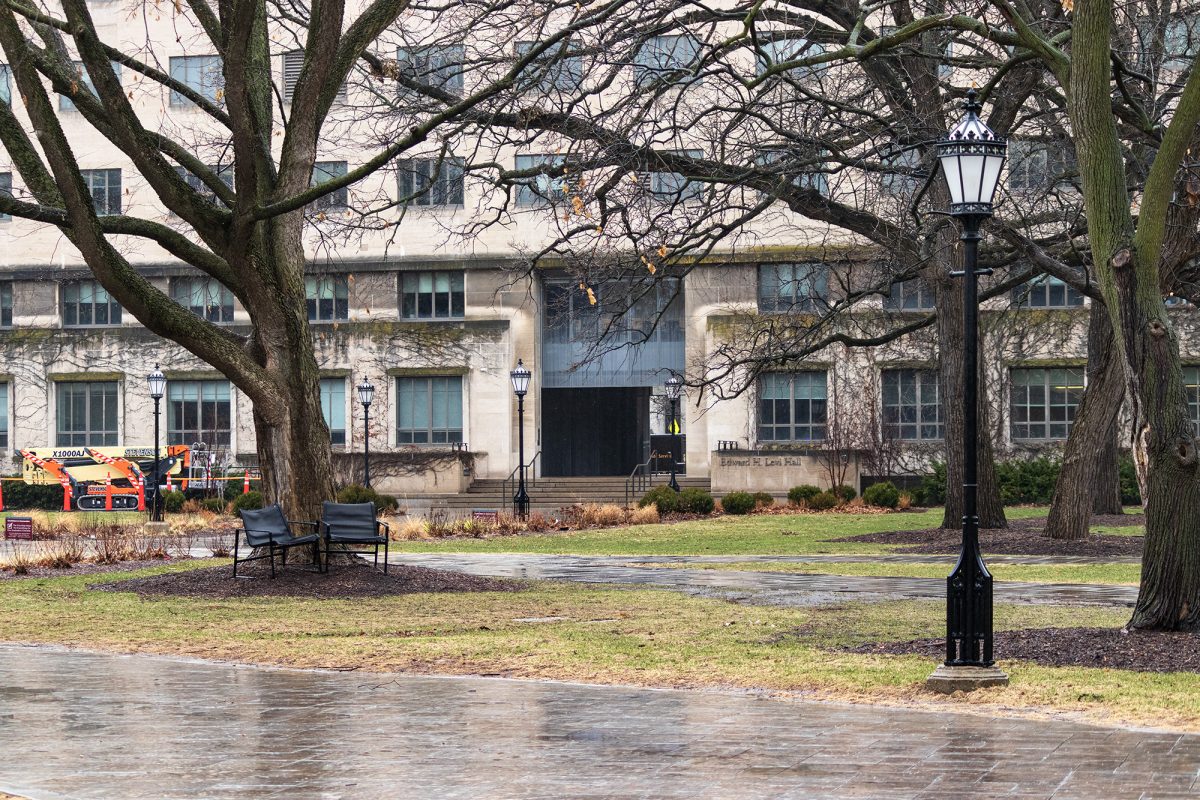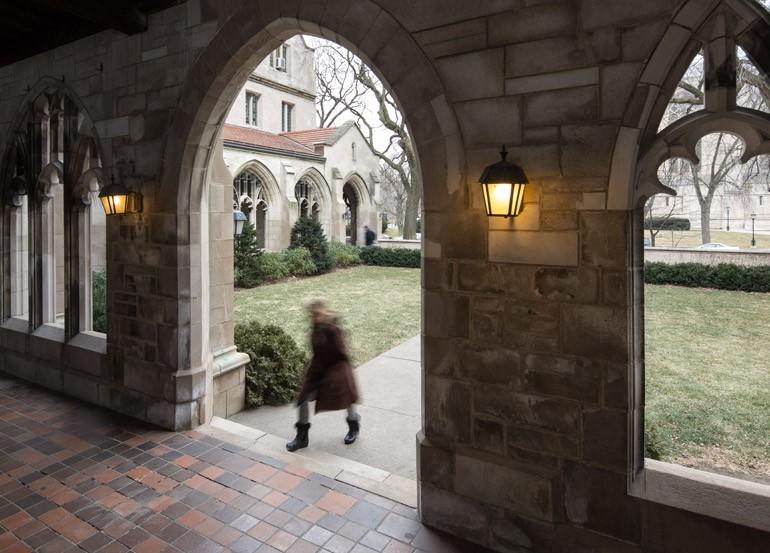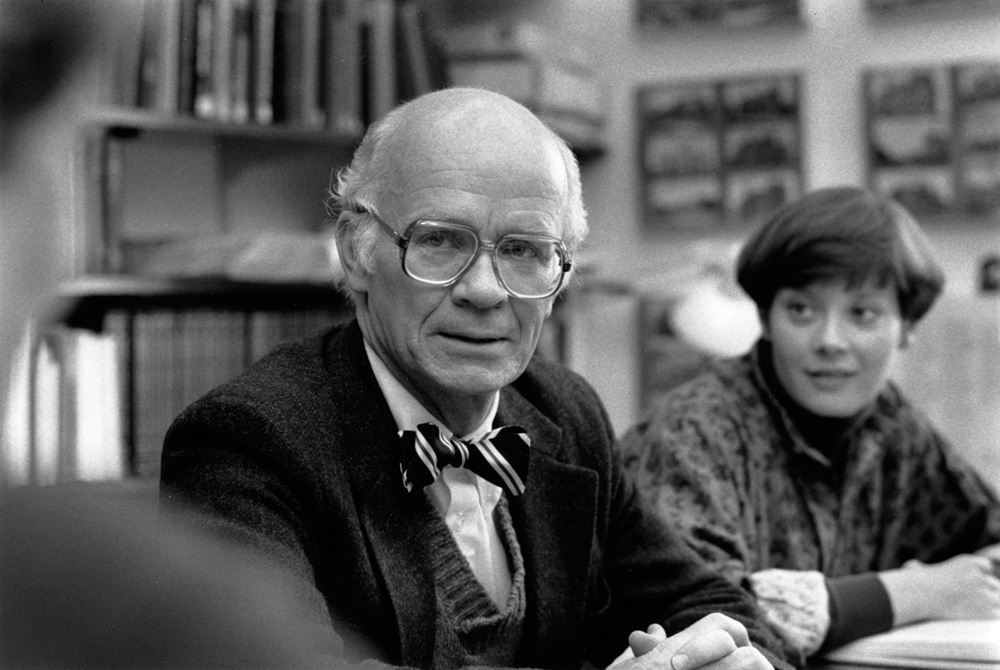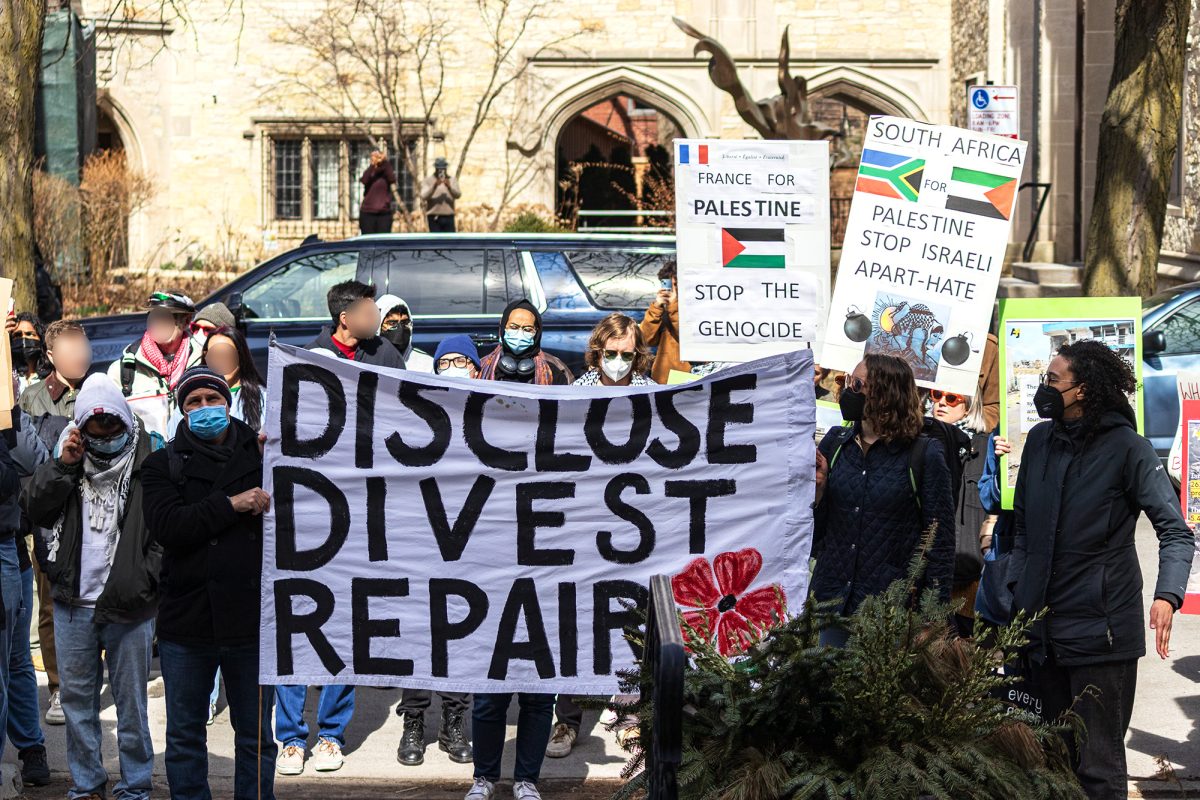Increasingly, people are wearing their social causes on their sleeves—literally—and in Technicolor: yellow for the Lance Armstrong Foundation, pink for the Breast Cancer Fund, and, now, orange for an online Laundromat.
Bright orange wristbands that read: “Kotttonvan.com: Do Laundry & Dry-Cleaning Online!” were found scattered all over the entrance and the lobby of the Reg last week, likely planted there to be found by curious, laundry-averse college students.
After picking up one of the orange wristbands, Darius Banani, a first-year in the College, complained: “All these new kinds of bracelets have cheapened the whole idea behind the Livestrong bracelet. There’s actually a good intention behind Lance Armstrong’s bracelet, supporting research for different kinds of cancer. Now I guess other companies are just using the trend for advertising.”
Banani himself sports a yellow Livestrong bracelet that he received from a friend, and claimed that he doesn’t really wear the orange one around.
Ever since its introduction last May, the yellow Livestrong wristband has become a hot item on college campuses across the country, with students proudly displaying their support for the Lance Armstrong Foundation (LAF). The proceeds from the bracelets benefit the LAF, which provides services and support for young cancer survivors and their families. The wristband began as a means of nonprofit fundraising, but quickly turned into a full-blown trend.
Pearl Ryder, a second-year in the College, explained her aversion to the wristband’s trendiness. “The whole idea behind the Livestrong and breast cancer bracelets is that they’re for charity, and for a cause, but it’s turned into just a trend,” she said. “People wear Livestrong bracelets and have no idea what they’re for. I don’t care if people are advertising with bracelets, but what bothers me is when people are wearing a Livestrong bracelet because every other person on campus has one.”
The trendiness of the wristbands turned them into vehicles for various other causes, with every imaginable organization using them to make money—but until recently it was usually money for others. Whether it was young kids raising money for their school, or the Chicago White Sox raising funds for charities, the wristbands were initially used for fundraisers, not simply for profit.
However, the capitalist tide appears to be turning, as Mary Jo Palumbo of the Boston Herald reported, “knockoffs of the coveted yellow Livestrong bands are flying off the shelves at convenience stores nationwide And the only cause being funded is profit.”
People who bought wristbands at convenience stores and believed the profit went toward cancer research were instead giving their money away to counterfeiters.
Knockoff wristband makers and online drycleaners are not the only ones seeking to use the wristbands for greater moneymaking ends: Websites such as apromotionaloutlet.com, reminderband.com, and pinsource.com show that the demand is growing for such products on a larger level. Bands are available for corporations, sports teams, advertising, and even personal use.
Silicone wristbands that advertise political affiliation are now widely available, including a “Conservative Values” wristband from Metrospy.com, a “politically conservative apparel” site, and a blue “Support Kerry ’08” band fromd supportkerry08.com.
Richard Roeper of the Chicago Sun-Times claimed that the “ubiquitous, rubber ‘message bracelets’ have become the lapel ribbons of the 21st century,” and will consequently disappear like that other charity-related trend of the early to mid ’90s.
“Someday in the not-too-distant future, the Society of People Who Decide These Things will secretly declare an end to the rubber bracelet trend. They’ll quietly put their ‘Livestrong’ bracelets in a drawer and replace them with something else.”








